When an automobile engine gets heated while running, it is the job of the cooling system to reduce the heat and protect the engine from overheating. Irrespective of the outside temperature, the cooling system has to keep the engine at the right temperatures, not too low or high, but at a moderate constant proportion. Excessive cooling reduces vehicle fuel efficiency whereas overheating damages the engine. Typically it is the responsibility of the cooling system to dissipate excess heat into the air and keep the engine operating at its most efficient temperature. Automobiles use two types of cooling systems air cooling and liquid cooling systems.
Air Cooling Systems
Air cooling systems typically use aluminum fins on the cylinder head and cylinder block to dissipate the heat from engines. A duct runs on the fins and a powerful fan is used to blow the air over these fins through the duct to dissipate heat into the air. Since it doesn’t use any fluids for cooling, there will not be any coolant freezing or leakage issues. The pace at which the engine gets cooled depends on the area of the cooling surface that is in contact with air and the temperature difference between the cylinder and the air. Often the airflow is controlled by temperature sensors as the only required amount of air is pushed into the system to keep the temperatures constant even in cold weather. Air-cooled engines are typically found in a few old cars and in very few modern vehicles.
Liquid Cooling Systems
In liquid cooling systems, a coolant such as water is circulated through passages of engine blocks and cylinder heads where it absorbs heat to keep the engine cool. Once the heat is absorbed, the hot fluid leaves the engine and makes its way to the radiator. It passes through the thermostat, then to the upper radiator hose, and into the core of the radiator. Here the unwanted heat gets dissipated into the air stream and the cooled liquid travel out of the radiator and returns back to the engine to repeat the process.
A constant airflow is required in automobiles to keep the engine radiator at normal temperatures. When the vehicle is running the radiators automatically get air from outside to cool the liquid but when it is stationary a fan is needed to supply the necessary air for maintaining constant temperature rates. Some automobiles often use electric fans which are coupled by temperature sensors. Here a thermostat containing a valve is used to control the flow of liquid through the radiator. When the engine is warm the valve opens and allows the coolant to flow through the radiator and when the engine cools the value gets closed preventing the flow of liquid.
Typically in locations where temperatures go below zero degrees, the coolant (water) in the radiator tanks and leading pipes may freeze and undergo expansion. This may create huge internal pressure and may burst the radiator. To avoid damage to the engine and radiator, antifreeze solutions such as Ethylene glycol, isopropyl alcohol, etc are added to bring down the freezing temperature of the coolant.
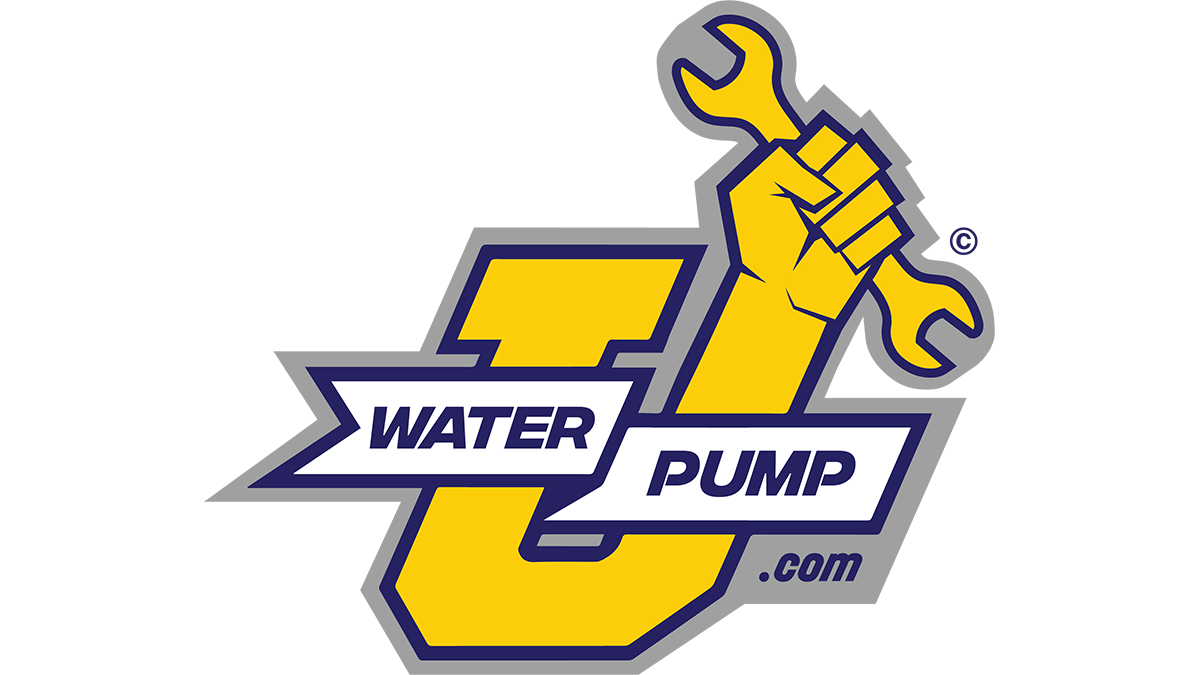
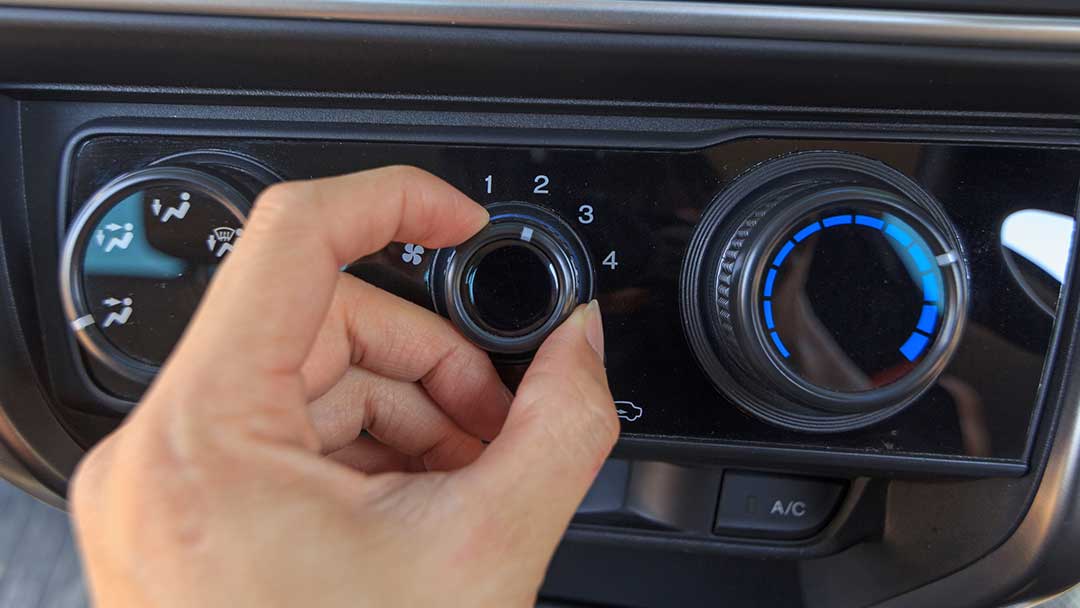

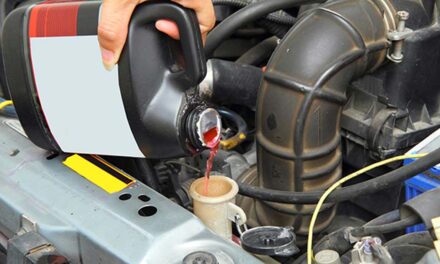
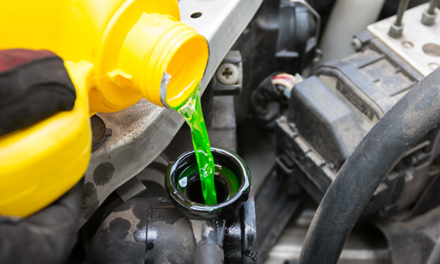
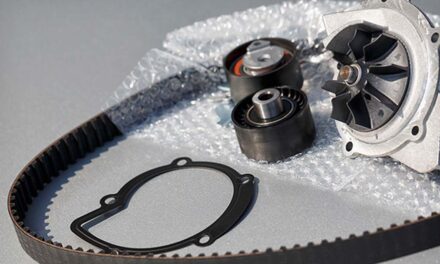




Trackbacks/Pingbacks